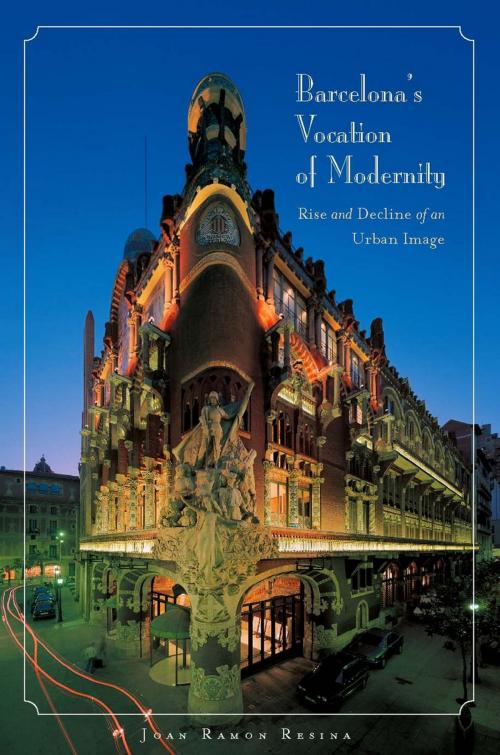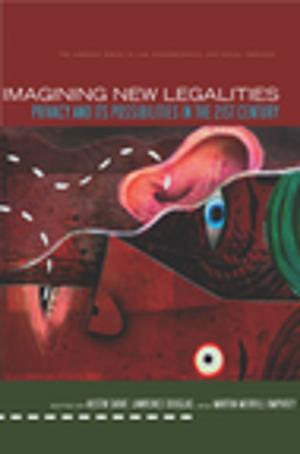Barcelona's Vocation of Modernity
Rise and Decline of an Urban Image
Nonfiction, History, Spain & Portugal| Author: | Joan Ramon Resina | ISBN: | 9780804787505 |
| Publisher: | Stanford University Press | Publication: | July 9, 2008 |
| Imprint: | Stanford University Press | Language: | English |
| Author: | Joan Ramon Resina |
| ISBN: | 9780804787505 |
| Publisher: | Stanford University Press |
| Publication: | July 9, 2008 |
| Imprint: | Stanford University Press |
| Language: | English |
Since the closing decades of the nineteenth century, Barcelona has striven to sustain an image of modernity that distinguishes itself within Spain. Barcelona's Vocation of Modernity traces the development of that image through texts that foreground key social and historical issues. It begins with Barcelona's "coming of age" in the 1888 Universal Exposition and focuses on the first major narrative work of modern Catalan literature, La febre d'or. Positing an inextricable link between literature and modernity, Resina establishes a literary framework for the evolution of the image of Barcelona's modernity through the 1980s, when the consciousness of modernity took on an ironic circularity. Because the city is an aggregation of knowledge, Resina draws from sociology, urban studies, sociolinguistics, history, psychoanalysis, and literary history to produce a complex account of Barcelona's self-reflection through culture. The last chapter offers a glimpse into the "post-historical" city, where temporality has been sacrificed to the spatialization associated with the seductions of the spectacle.
Since the closing decades of the nineteenth century, Barcelona has striven to sustain an image of modernity that distinguishes itself within Spain. Barcelona's Vocation of Modernity traces the development of that image through texts that foreground key social and historical issues. It begins with Barcelona's "coming of age" in the 1888 Universal Exposition and focuses on the first major narrative work of modern Catalan literature, La febre d'or. Positing an inextricable link between literature and modernity, Resina establishes a literary framework for the evolution of the image of Barcelona's modernity through the 1980s, when the consciousness of modernity took on an ironic circularity. Because the city is an aggregation of knowledge, Resina draws from sociology, urban studies, sociolinguistics, history, psychoanalysis, and literary history to produce a complex account of Barcelona's self-reflection through culture. The last chapter offers a glimpse into the "post-historical" city, where temporality has been sacrificed to the spatialization associated with the seductions of the spectacle.















